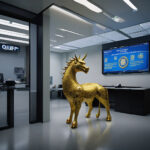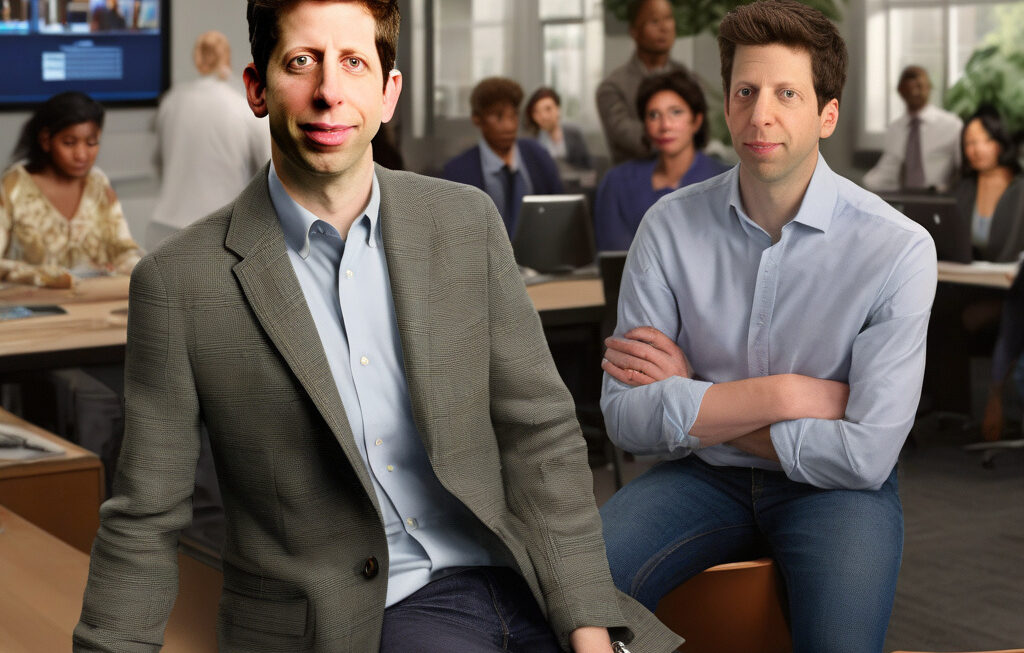Why Hyping Art As an Investment Needs to Stop
The art world has long been intertwined with the concept of investment, with pieces being bought and sold for exorbitant amounts at auctions and galleries around the globe. However, the recent trend of hyping art as an investment opportunity needs to be reevaluated. Marc Spiegler, a prominent figure in the art industry, argues that positioning art as an ‘alternative asset class’ is ultimately a losing game.
While it’s true that some artworks have seen substantial appreciation in value over the years, treating art solely as a financial asset undermines its intrinsic value. Art is not just a commodity to be bought and sold for profit; it is a form of expression, a reflection of society, and a means of cultural preservation. When the primary focus shifts from the artistic merit of a piece to its potential financial return, the true essence of art is lost.
Moreover, the hype surrounding art as an investment can have detrimental effects on the art market itself. Speculation and inflated prices driven by investors looking to turn a profit can lead to artificial bubbles that ultimately burst, leaving both artists and collectors in a precarious position. The recent ‘South Park’ episode, which hilariously lampooned the art world’s obsession with investment, serves as a poignant reminder of the dangers of placing too much emphasis on the monetary value of art.
In addition to the financial implications, the trend of hyping art as an investment also has cultural ramifications. The art world’s newfound fixation on emerging markets, such as Thailand, can be seen as a form of exoticism that commodifies and exploits the artistic traditions of these regions. Rather than appreciating art for its cultural significance and aesthetic value, it is reduced to a mere investment opportunity, perpetuating a cycle of appropriation and erasure.
It is crucial for collectors, investors, and art enthusiasts to shift their focus away from viewing art purely as a financial asset and instead embrace its true essence. By valuing art for its creativity, emotional impact, and ability to spark meaningful dialogue, we can cultivate a more sustainable and enriching art world that benefits artists, collectors, and society as a whole.
In conclusion, the hype surrounding art as an investment needs to be reexamined in order to preserve the integrity and authenticity of the art world. By moving away from a purely profit-driven mindset and returning to a focus on artistic merit and cultural value, we can ensure a more vibrant and inclusive art community for generations to come.
#ArtInvestment #CulturalValue #ArtisticMerit #ArtMarket #HypeCulture












